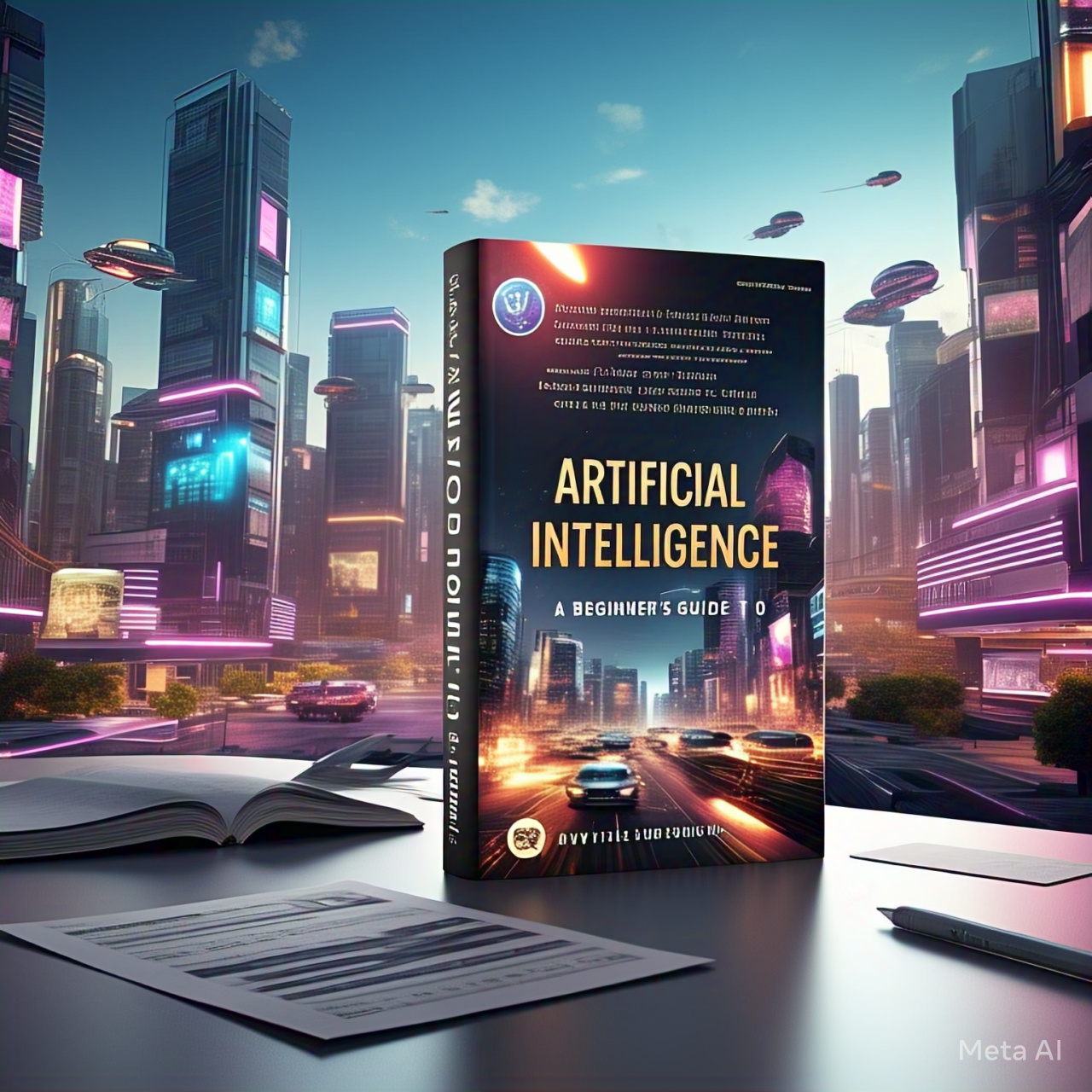Table of Contents
- Introduction
- Understanding AI, Metaverse, and Virtual Reality
- The Role of AI in the Metaverse and VR
- Key Applications of AI in the Metaverse and VR
- AI-Powered Avatars and Digital Humans
- AI in Virtual Worlds and Environments
- AI-Driven Personalization and User Experience
- Challenges of AI in the Metaverse
- The Future of AI in VR and the Metaverse
- Conclusion
- FAQs
Introduction
The Metaverse and Virtual Reality (VR) are rapidly evolving digital frontiers, offering immersive experiences that blend the physical and digital worlds. As AI continues to advance, it plays a crucial role in enhancing these environments by enabling automation, personalization, and real-time interactions. In this article, we explore how AI is shaping the Metaverse and VR, its applications, challenges, and future potential.
Understanding AI, Metaverse, and Virtual Reality
What is Artificial Intelligence (AI)?
AI refers to computer systems capable of performing tasks that typically require human intelligence, such as learning, decision-making, and problem-solving. AI algorithms power chatbots, recommendation engines, and autonomous systems in various industries.
What is the Metaverse?
The Metaverse is a digital universe where users can interact through avatars in immersive 3D environments. It integrates VR, Augmented Reality (AR), blockchain, and AI to create shared, persistent virtual spaces.
What is Virtual Reality (VR)?
VR is a computer-generated simulation of an interactive 3D environment. Using VR headsets, users can explore and interact with virtual worlds, often with the help of AI-driven components.
The Role of AI in the Metaverse and VR
AI enhances the Metaverse and VR by enabling real-time interactions, automation, and personalization. Some key contributions of AI include:
- Automating content creation for virtual worlds
- Improving user interactions with AI-driven NPCs (Non-Playable Characters)
- Enhancing personalization through AI-driven recommendations
- Generating intelligent avatars that adapt to user behavior
- Optimizing VR environments with real-time data analysis
Key Applications of AI in the Metaverse and VR
| Application | Description |
|---|---|
| AI-Generated Avatars | AI-powered avatars mimic human expressions and behavior. |
| AI-Driven NPCs | Virtual characters interact with users naturally using AI. |
| Procedural Content Generation | AI automatically creates landscapes, assets, and environments. |
| AI-Powered Personalization | AI tailors experiences based on user preferences. |
| AI in VR Training & Simulation | AI enhances VR training for education, healthcare, and industries. |
AI-Powered Avatars and Digital Humans
One of the most exciting AI applications in the Metaverse is the creation of AI-driven avatars and digital humans. These AI-powered entities:
- Recognize facial expressions and emotions
- Learn from user interactions and adapt their responses
- Enable real-time, lifelike communication
Companies like Meta, NVIDIA, and Unreal Engine are developing advanced AI-driven avatars that make social interactions in the Metaverse more immersive and realistic.
AI in Virtual Worlds and Environments
AI plays a crucial role in generating and optimizing virtual worlds in the Metaverse by:
- Procedural Content Generation – AI automatically generates landscapes, buildings, and environments, reducing manual design effort.
- Physics Simulations – AI helps simulate realistic physics in virtual spaces, making VR experiences more natural.
- Behavior Prediction – AI models analyze user interactions to adapt virtual worlds dynamically.
- Crowd Simulation – AI enables realistic crowds and group behavior in the Metaverse.
AI-Driven Personalization and User Experience
AI personalizes Metaverse and VR experiences by analyzing user preferences and behaviors. Key personalization applications include:
- Adaptive Storytelling – AI-driven narratives adjust based on user choices.
- Customized Virtual Spaces – AI modifies virtual environments to suit user needs.
- Smart Recommendations – AI suggests content, events, and activities based on past interactions.
- Voice and Gesture Recognition – AI enables hands-free control in VR through voice and motion tracking.
Challenges of AI in the Metaverse
1. Ethical Concerns
AI-driven avatars and NPCs raise questions about data privacy, deepfake misuse, and digital identity theft.
2. Computational Costs
Running AI models in real-time requires significant processing power, making it costly for small developers.
3. Bias in AI Algorithms
AI models trained on biased data can reinforce stereotypes and misinformation in the Metaverse.
4. Security Risks
AI-driven fraud, identity theft, and hacking of virtual assets pose major concerns.
5. Interoperability Challenges
AI needs to seamlessly integrate across multiple platforms to enable a unified Metaverse experience.
The Future of AI in VR and the Metaverse
The future of AI in the Metaverse and VR is promising and transformative. Key trends include:
- More realistic AI avatars with emotional intelligence
- Advanced AI-driven world-building tools
- AI-powered digital assistants in VR workplaces
- Enhanced AI ethics frameworks for responsible AI development
- Integration of AI with blockchain for digital identity security
As technology evolves, AI will continue to revolutionize the Metaverse and VR, making these digital worlds more interactive, immersive, and accessible.
Conclusion
AI is the driving force behind the evolution of the Metaverse and Virtual Reality. From smart avatars and personalized experiences to AI-generated worlds, its impact is reshaping how we interact with digital environments. While challenges exist, ongoing advancements in AI will lead to a more immersive, intelligent, and ethical Metaverse.
FAQs
1. How does AI enhance the Metaverse?
AI powers virtual avatars, content creation, personalization, and automation, making Metaverse experiences more interactive and efficient.
2. Can AI create realistic virtual worlds?
Yes, AI uses procedural generation to build lifelike environments and landscapes in the Metaverse.
3. What are AI-powered avatars?
AI-powered avatars are virtual personas that mimic human behavior, speech, and expressions for realistic social interactions.
4. What are the risks of AI in the Metaverse?
AI poses risks like privacy concerns, security threats, bias in algorithms, and deepfake misuse.
5. What’s next for AI in VR?
Future AI advancements in VR include hyper-realistic avatars, enhanced AI storytelling, and AI-powered training simulations.





